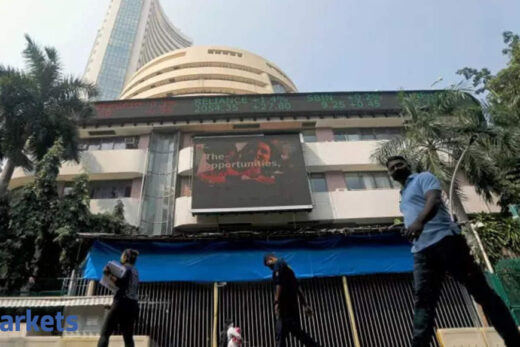Brent crude was down 31 cents, or 0.4%, at $71.00 a barrel by 0046 GMT, after dropping 13 cents in the previous session. US crude was off by 33 cents, or 0.5%, at $68.76 a barrel, having fallen 0.2% on Thursday. The benchmarks are still heading for a slight gain this week.
“We now see the global demand recovery stalling this month with oil demand only reaching 98.3 million barrels per day (mbd) in August and averaging 97.9 mbd in September, on par with the nearly 98 mbd average in July,” JPM Commodities Research said.
Increasing demand for crude ground to a halt in July and is set to rise at a slower pace over the rest of 2021 because of the surge in infections from the
variant of the coronavirus that causes COVID-19, the International Energy Agency (IEA) said on Thursday
“Growth for the second half of 2021 has been downgraded more sharply, as new COVID-19 restrictions imposed in several major oil consuming countries, particularly in Asia, look set to reduce mobility and oil use,” the IEA said.
In sharp contrast, OPEC on Thursday held to its forecasts for a rebound in oil demand globally this year and further growth in 2022, notwithstanding the rising concern about the surge in COVID-19 infections.
In its monthly report, the Organization of the Petroleum Exporting Countries (OPEC) also raised its expectations for supplies next year from other producers, including US shale drillers, which could potentially snarl efforts by the group and allies, known as OPEC+, to achieve a balance in the market.
“Although OPEC left its demand forecast unchanged, we think that the near-term demand outlook has deteriorated, which may mean that the group adjusts down its supply plans at its next meeting,” Caroline Bain, chief commodities economist at Capital Economics, said in a note.



